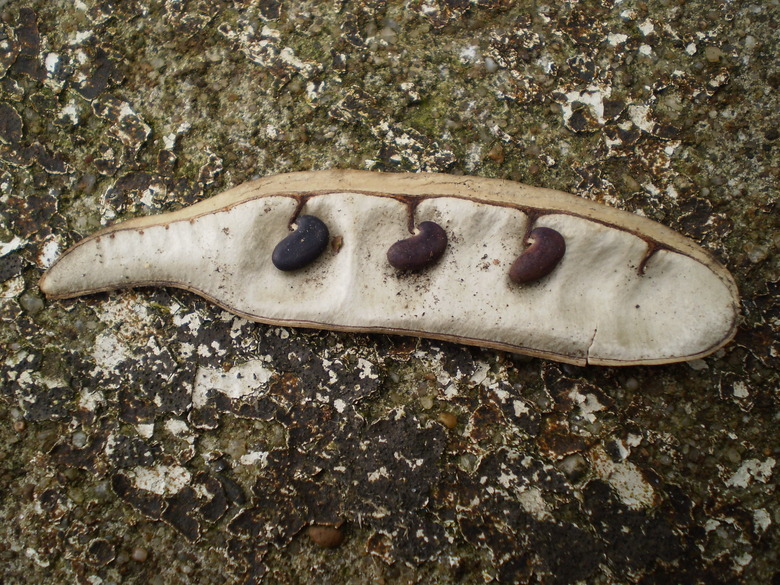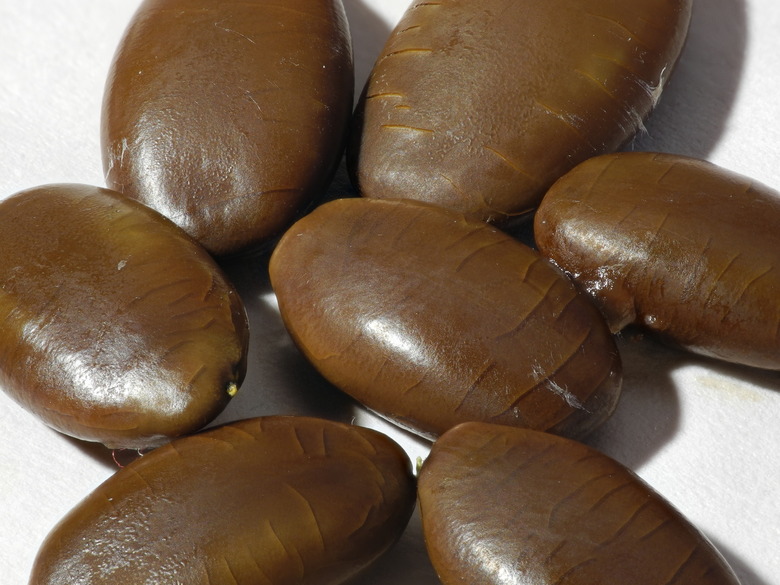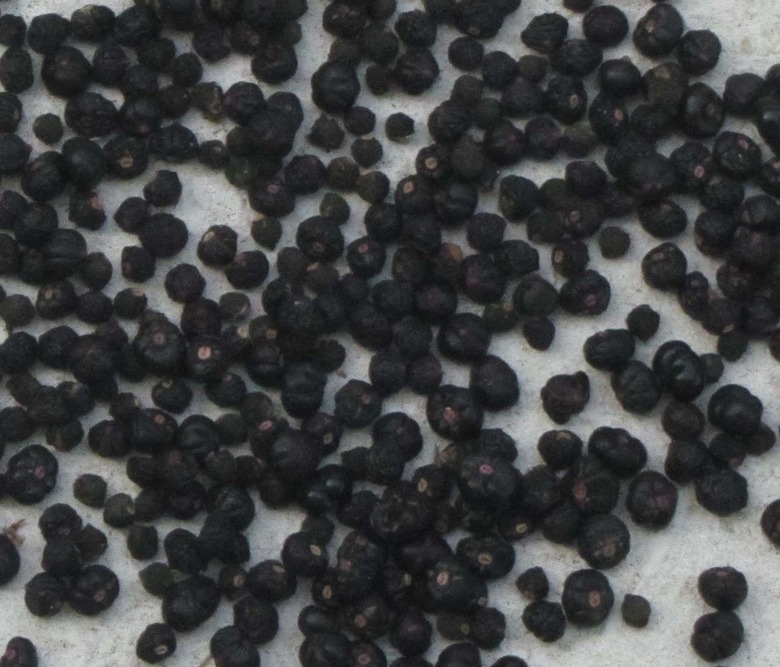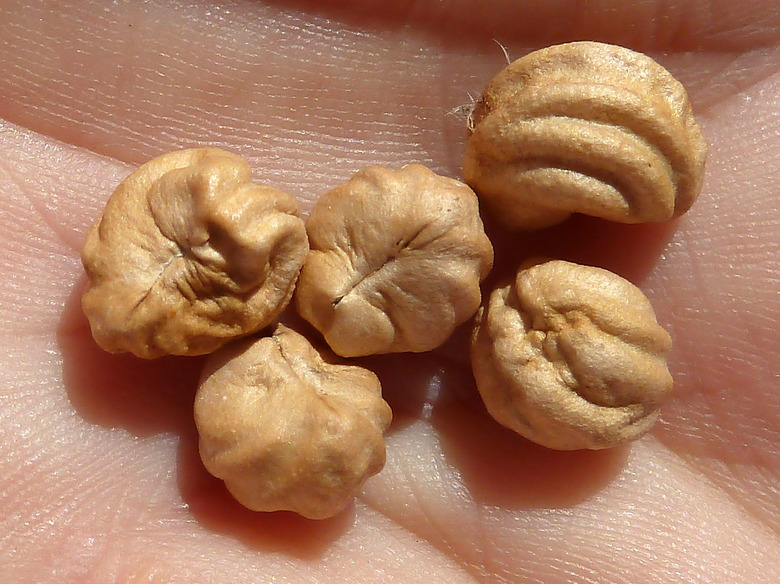Which Seeds Should Be Soaked Before Planting?
When growing plants from seed, whether they are veggies, shrubs or trees, soaking seeds before planting is sometimes necessary in order for the seeds to germinate properly or simply to speed up the germination process.
Not all seeds need to be soaked, however, and in some cases, it can be detrimental. Therefore, before getting started, it is important to know which seeds should be soaked before planting.
Should I Presoak Seeds Before I Plant Them?
Some types of seeds are covered in a hard seed coating. These seeds need to be soaked in hot water in order to break down that coating so that the seed can germinate. This is known as scarification, and there are different methods.
Commercial growers often use sulfuric acid to break down the seed coat; however, this can be dangerous and is not recommended for the average home gardener. In some cases, it is a good idea to scratch the surface of the seed coat using a nail file or sandpaper in addition to or in place of soaking.
Which Seeds to Soak Before Planting
Let's take a look at some examples of seeds that should be soaked before planting.
Tree Seeds
Examples of tree seeds that require presoaking include locust trees, such as the honey locust (Gleditsia triacanthos, zones 3 to 8) and the black locust (Robinia pseudoacacia, zones 3 to 8), which is considered an invasive species in parts of the U.S.
Vegetable Seeds
In some cases, it is a good idea to soak vegetable seeds before growing. For example, New Zealand spinach (Tetragonia tetragonioides) and Malabar spinach (Basella alba) have seeds that take several weeks to germinate, and soaking the seeds beforehand can speed up the process slightly.
Not all vegetable seeds should undergo a soaking process, however. For example, bean seeds may actually become damaged. Pathogens may enter the seeds if they are soaked in water before planting, particularly bacteria.
Tip
Bean seeds should not be soaked before planting, as the process can damage the seeds and make them vulnerable to diseases.
Flower Seeds
The seeds of some ornamental flowering plants will sometimes germinate faster if soaked before planting. For example, it is recommended to soak global amaranth (Gomphrena globosa), an annual plant, for a day or two before planting. Soaking the seeds of nasturtium (Tropaeolum spp.) also hastens germination.
Seed soaking is also a common practice when growing sweet peas (Lathyrus latifolius, zones 4 to 8). Sweet pea seeds are usually soaked for several days.
You can also soak the seeds of marigolds (Tagetes spp.) and zinnias (Zinnia spp.).
Soaking for Disease Management
In some cases, vegetable seeds are soaked in hot water not to aid germination but rather to remove pathogens from the surface. This method is suitable for small seeds, like tomato seeds, but not larger seeds.
Tip
Small vegetable seeds can be soaked in hot water in order to remove bacteria and other disease-causing pathogens.
This process involves soaking the seeds in tap water that has been heated to a temperature of 100°F for about 10 minutes.
Then, the seeds are transferred to hotter water with a temperature between 115°F and 122°F (depending on the vegetable) for anywhere from 15 minutes to two hours. For example, pepper seeds should be kept in water heated to 125°F for 30 minutes, while radish seeds should be soaked in water with a temperature of 122°F for just 15 minutes.
References
- University of Maryland Extension: Poor Germination of Vegetable Seeds
- Missouri Botanical Garden: How Do I Start Trees and Shrubs From Seed?
- Iowa State University Extension and Outreach: Growing Tree Seedlings from Seed
- Missouri Botanical Garden: Gleditsia triacanthos
- North Carolina State Extension: Overcoming Seed Dormancy: Trees and Shrubs
- University of Wisconsin-Madison Extension: Hot-Water Seed Treatment for Disease Management
- University of Wisconsin-Madison Extension: Globe Amaranth, Gomphrena globosa
- University of Illinois Extension: Nasturtium
- North Carolina State Extension: Lathyrus latifolius
- University of Florida IFAS Extension: Keep a Salad on the Table All Year With Heat-Loving Greens
- UCCE Master Gardeners: Zinnias...The Plant That Just Keeps on Giving!



